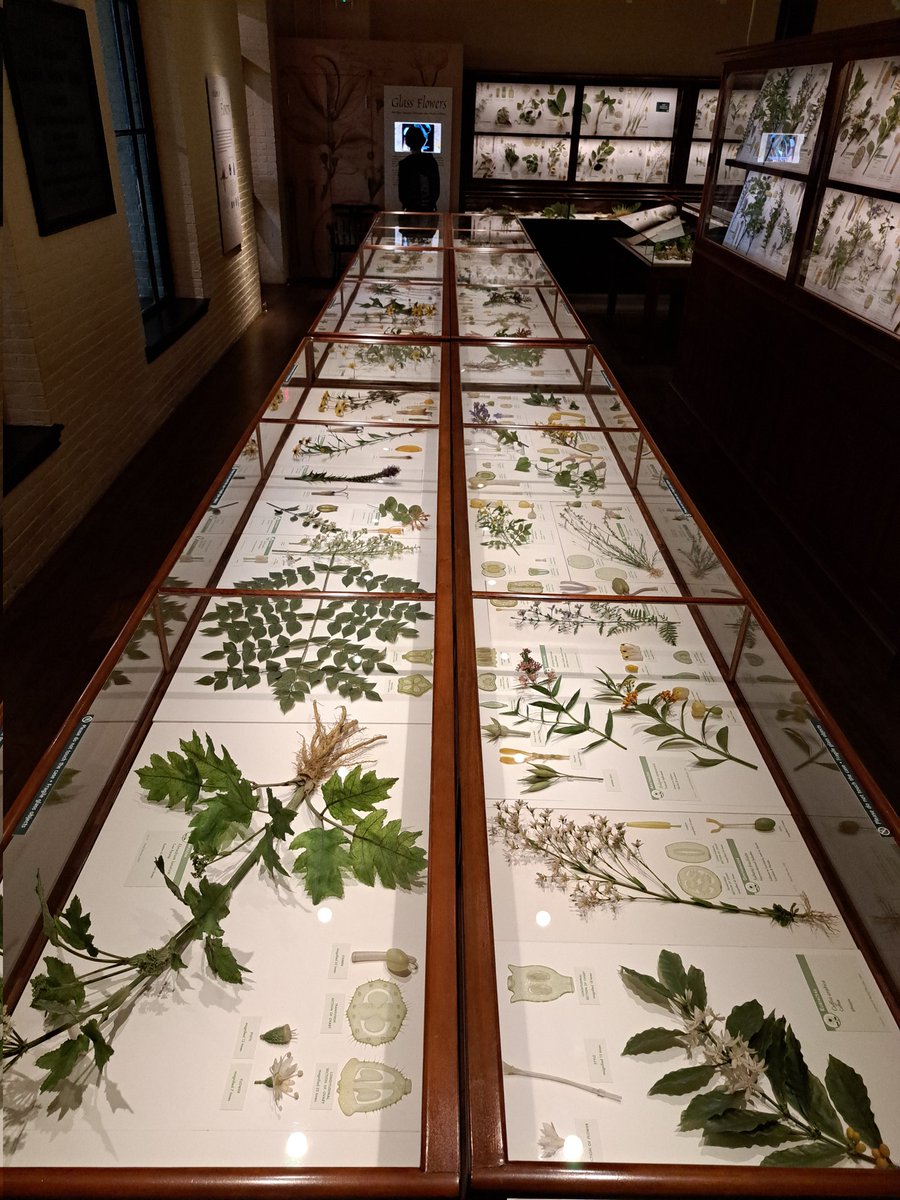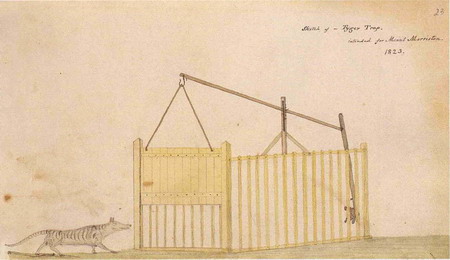OK here we go. Conceivably the greatest, most technical accomplishment in the history of natural history art: nearly 4000 glass models of flowers created by Rudolph and Leopold #Blaschka for @HarvardMuseum. None of the objects in here look like glass.
Readers, they're all glass.



Readers, they're all glass.




The #Blaschkas became famous for making glass models of sea creatures for #museums, because these soft-bodied animals could not be easily preserved. They shipped them to institutions across the world. Then @HarvardMuseum commissioned them to make the flowers exclusively. 







The #Blaschkas' work is incredible and unsurpassed. From root to petal to stamen to leaf. This gallery is unquestionably the greatest botanical display in any #museum on the planet.
Only in rare instances that there is a tiny break in the glass is the illusion interrupted.


Only in rare instances that there is a tiny break in the glass is the illusion interrupted.



It's all glass. I can't get over it. 🤩
When I used to work with #Blaschka invertebrate models in my previous job at @GrantMuseum, it would terrify me to move them. They were nothing like as fragile and finely detailed as these plants. Hats off to the curators.



When I used to work with #Blaschka invertebrate models in my previous job at @GrantMuseum, it would terrify me to move them. They were nothing like as fragile and finely detailed as these plants. Hats off to the curators.




The #Blaschka glass animal models are covered in my book "Animal Kingdom: A Natural History in 100 Objects", exploring what we can learn about the natural world from museum specimens (& the flowers will be in my upcoming book on the secrets of the worlds natural history #museums) 







• • •
Missing some Tweet in this thread? You can try to
force a refresh

 Read on Twitter
Read on Twitter






